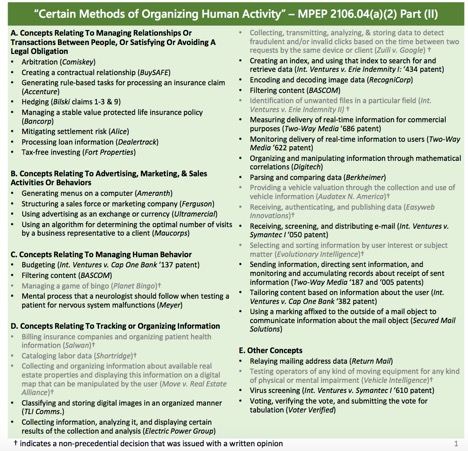The oral argument of the day is from AMERICAN VEHICULAR SCIENCES LLC v. UNIFIED PATENTS INC., No. 2017-2307 (Fed. Cir. June 19, 2018). The CAFC issued a Rule 36 Judgment in this case. From what I could glean, an important issue concerned whether the Board panel in an IPR properly applied K/S HIMPP v. Hear-Wear Technologies, LLC, 751 F.3d 1362, 1366 (Fed. Cir. 2014) in an obviousness “rejection.”
In K/S HIMPP v. Hear-Wear Technologies, LLC, Judge Lourie, writing for the court, stated:
We recognize that the Board has subject matter expertise, but the Board cannot accept general conclusions about what is “basic knowledge” or “common sense” as a replacement for documentary evidence for core factual findings in a determination of patentability. Zurko, 258 F.3d at 1385-86. To hold otherwise would be to embark down a slippery slope which would permit the examining process to deviate from the well-established and time-honored requirement that rejections be supported by evidence. It would also ultimately “render the process of appellate review for substantial evidence on the record a meaningless exercise.” Id. at 1386 (citing Baltimore & Ohio R.R. Co. v. Aberdeen & Rockfish R.R. Co., 393 U.S. 87, 91-92, 89 S.Ct. 280, 21 L.Ed.2d 219 (1968)).
K/S HIMPP v. Hear-Wear Technologies, LLC, 751 F.3d 1362, 1366 (Fed. Cir. 2014).
You can listen to the oral argument here:


